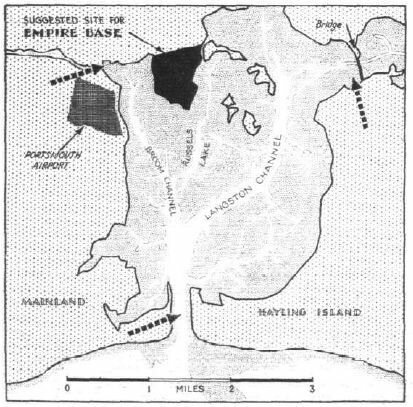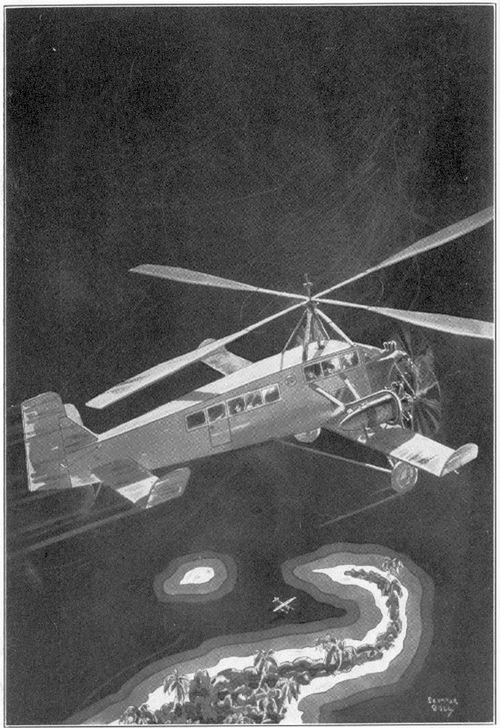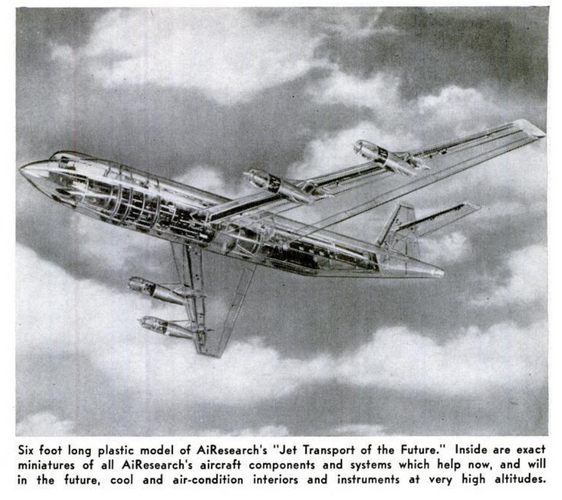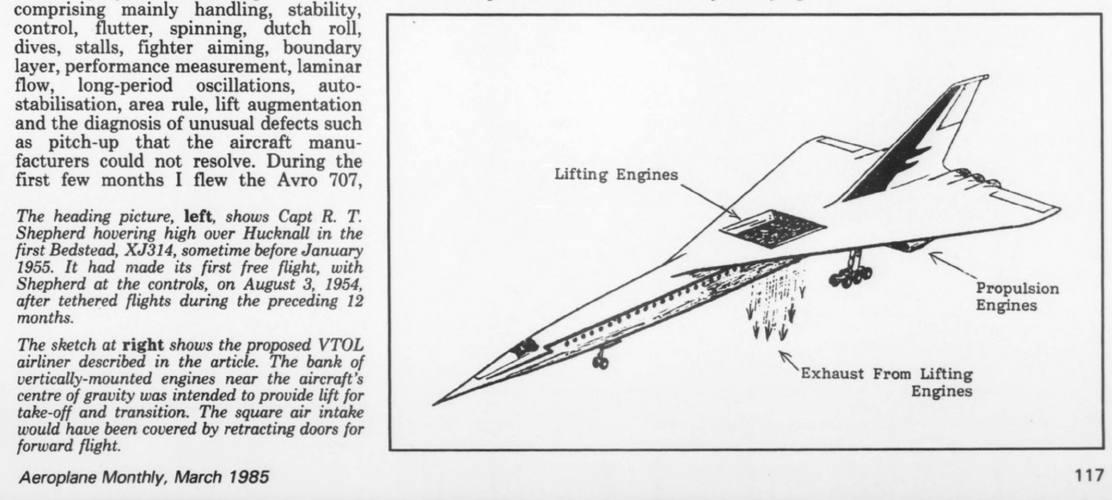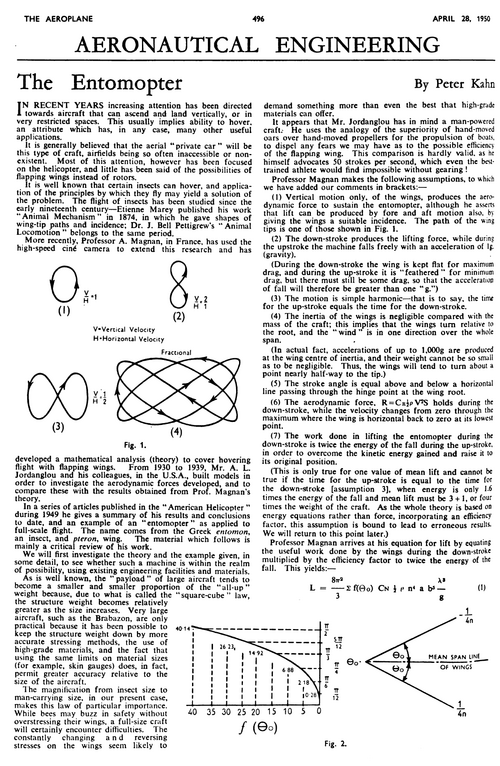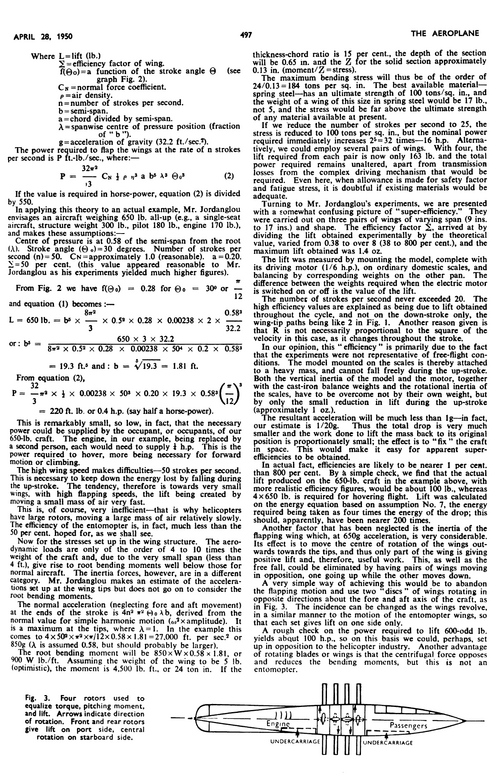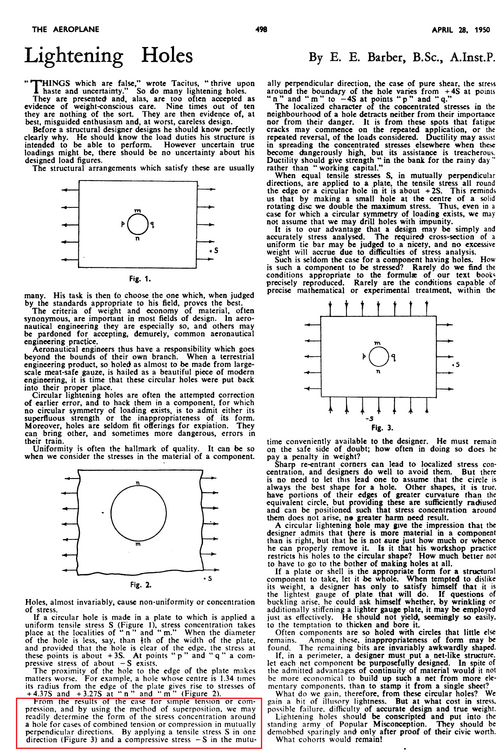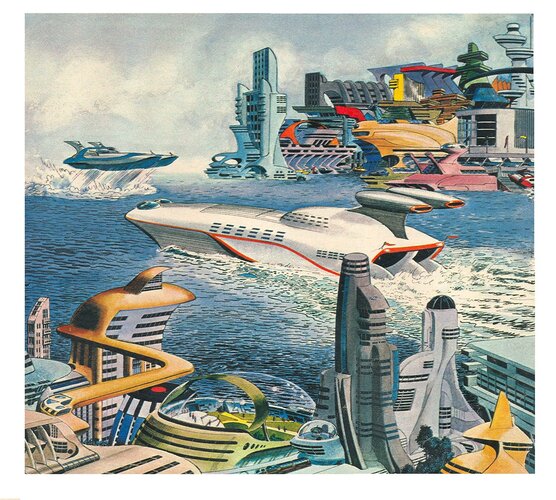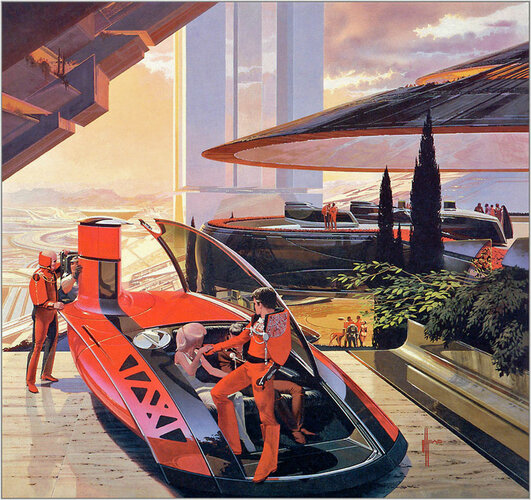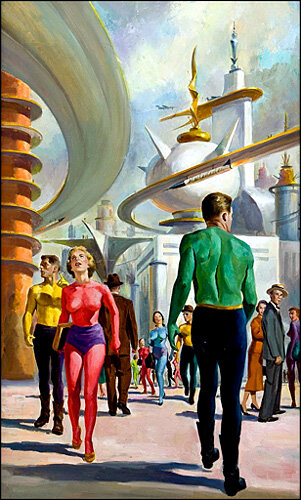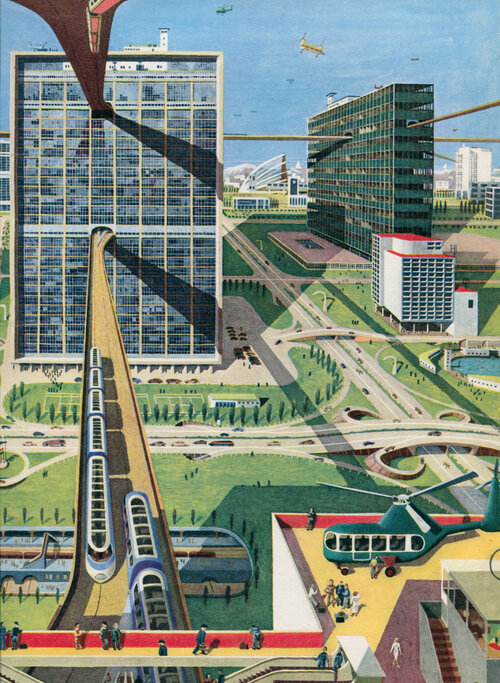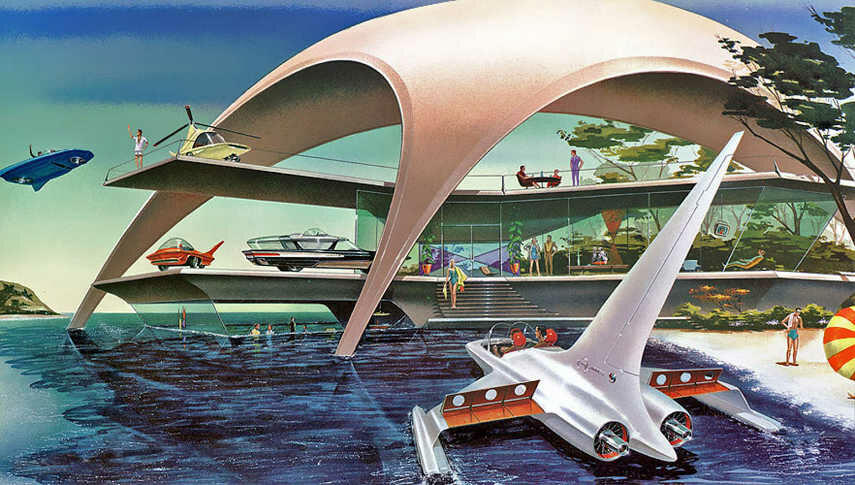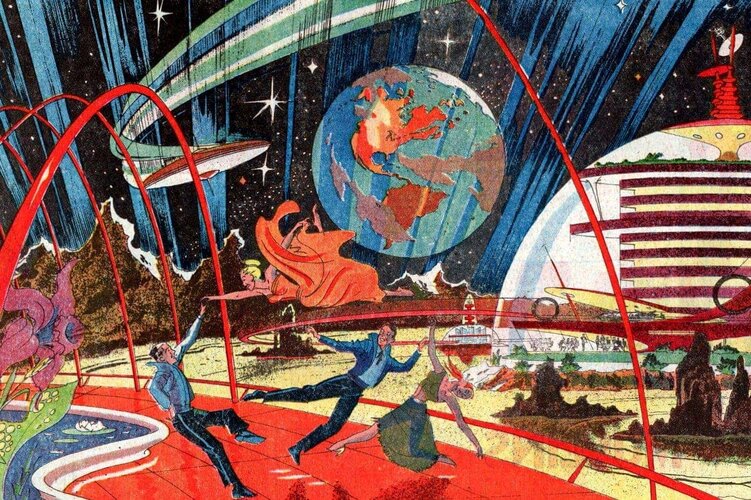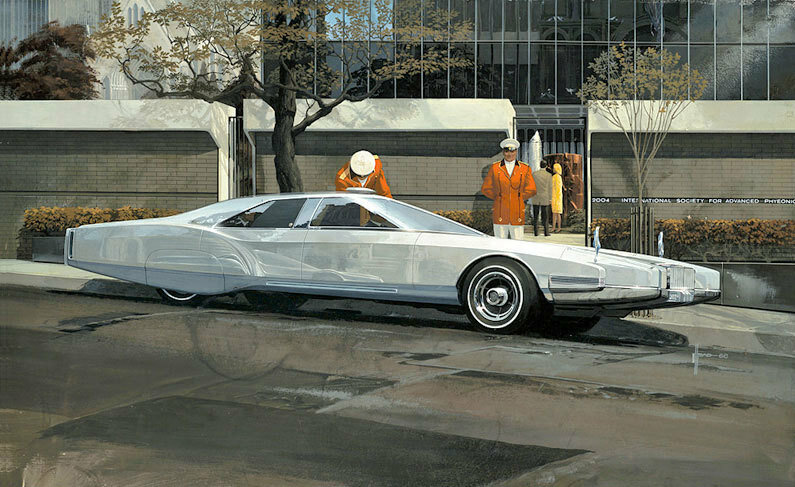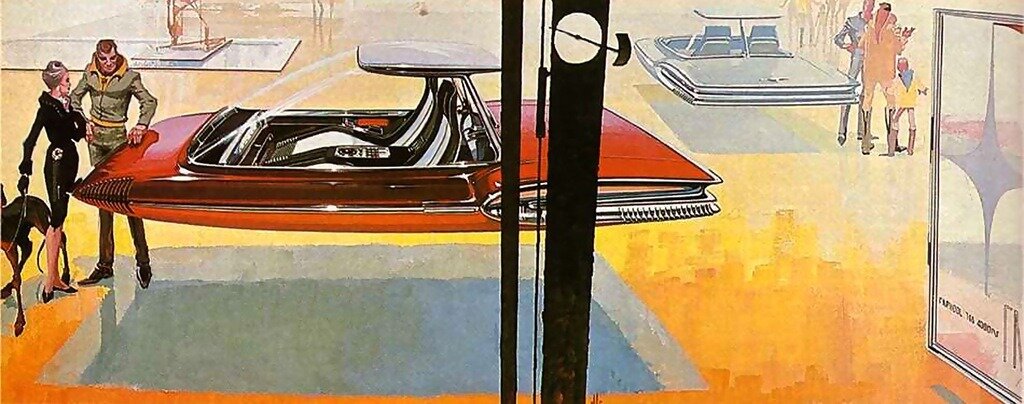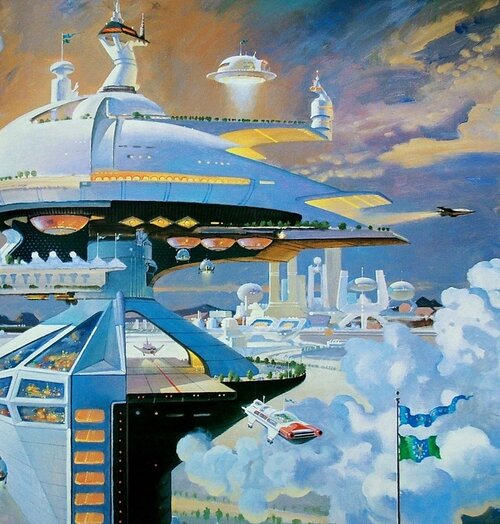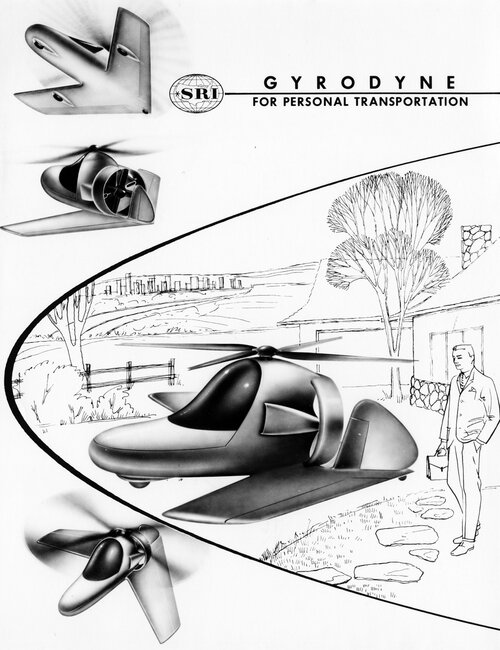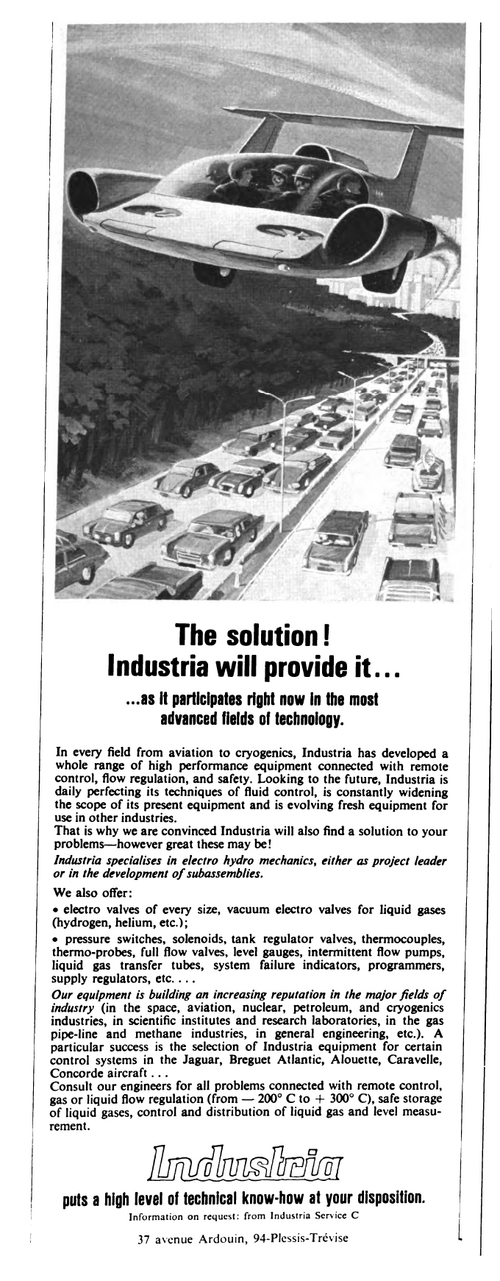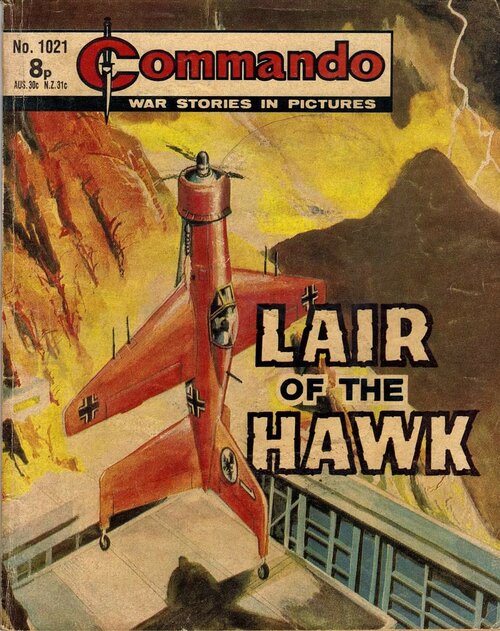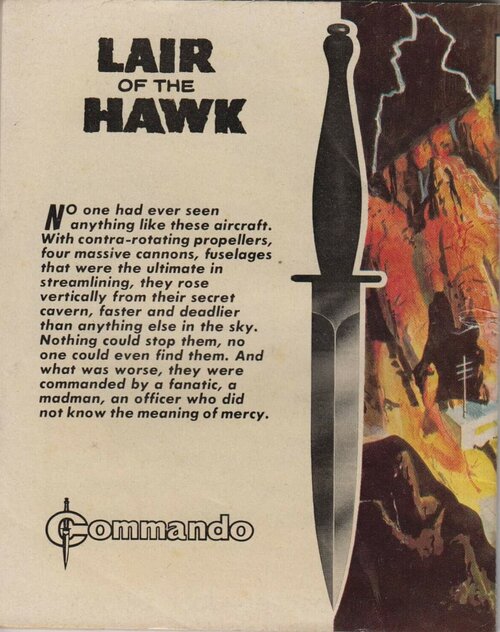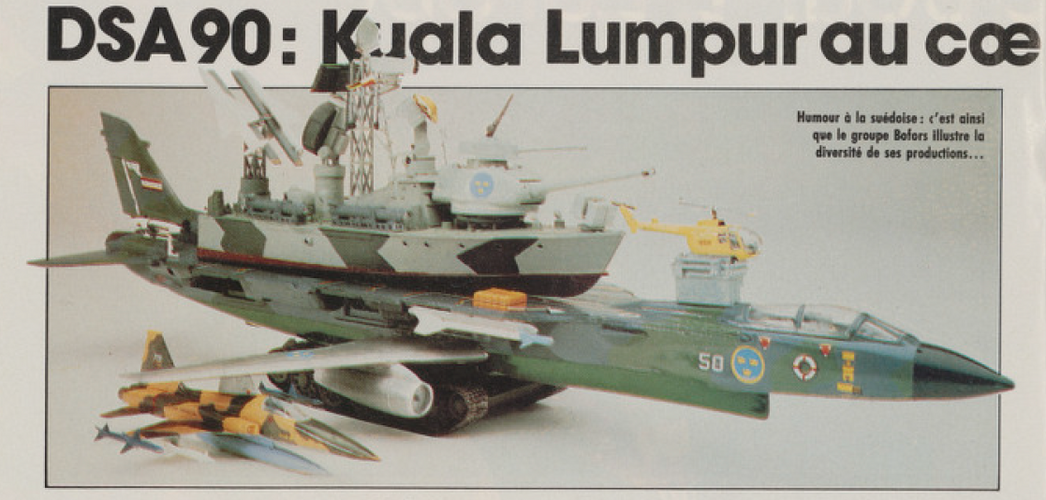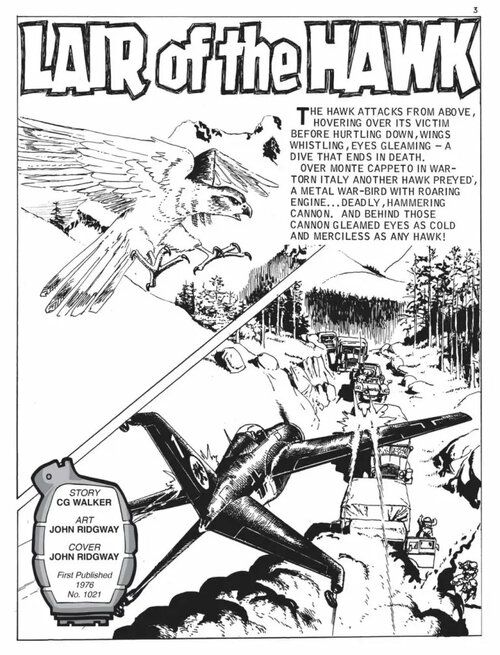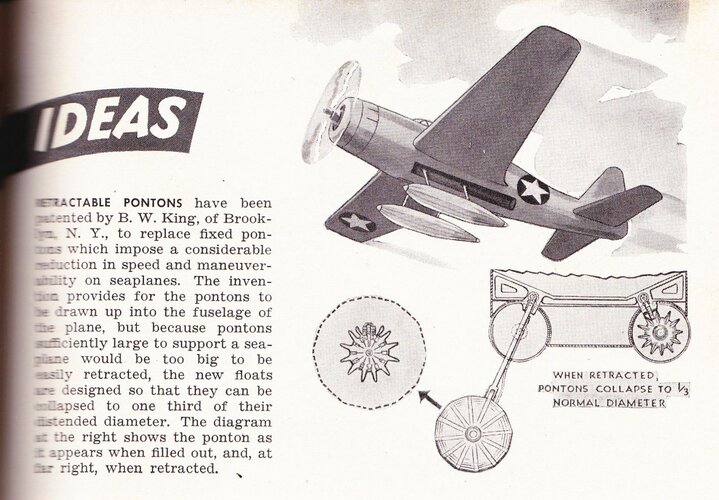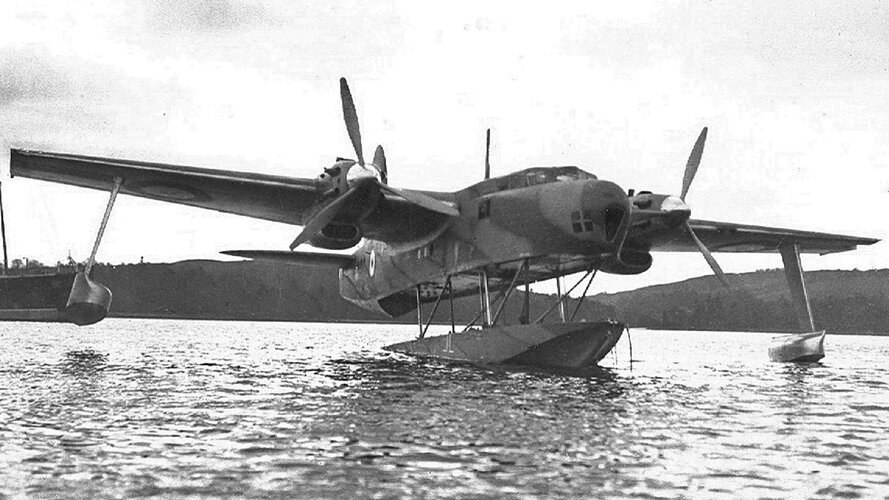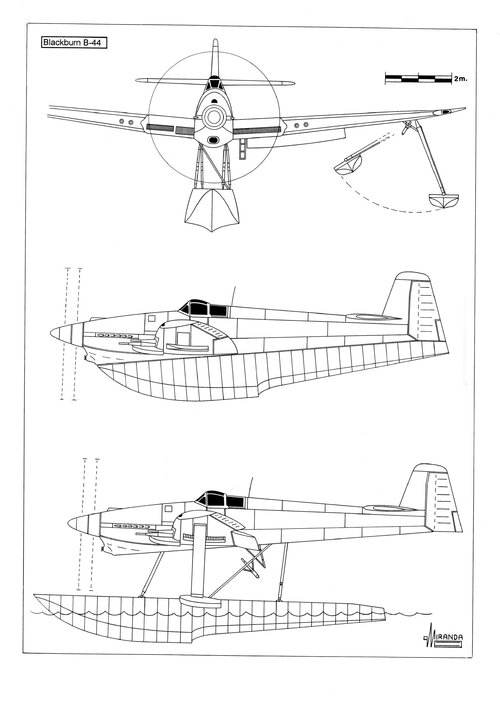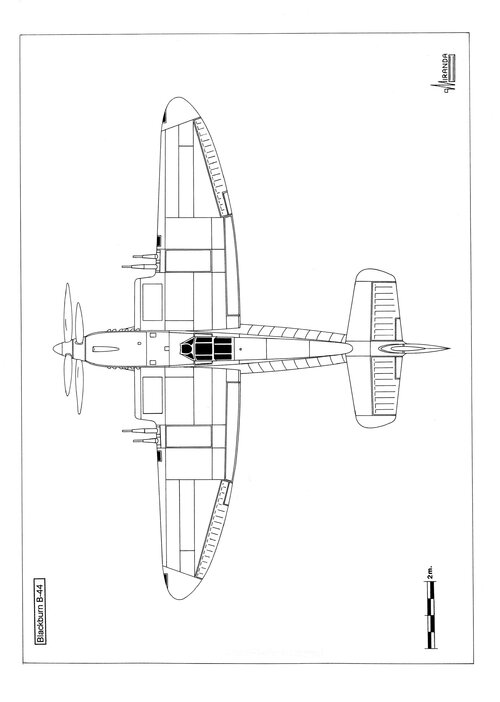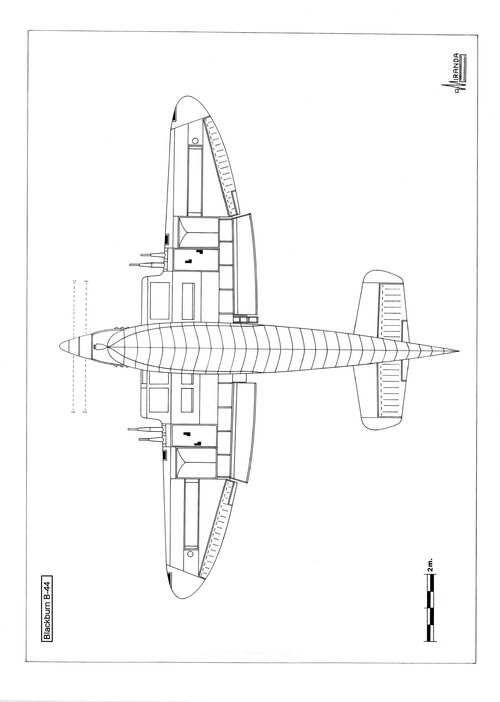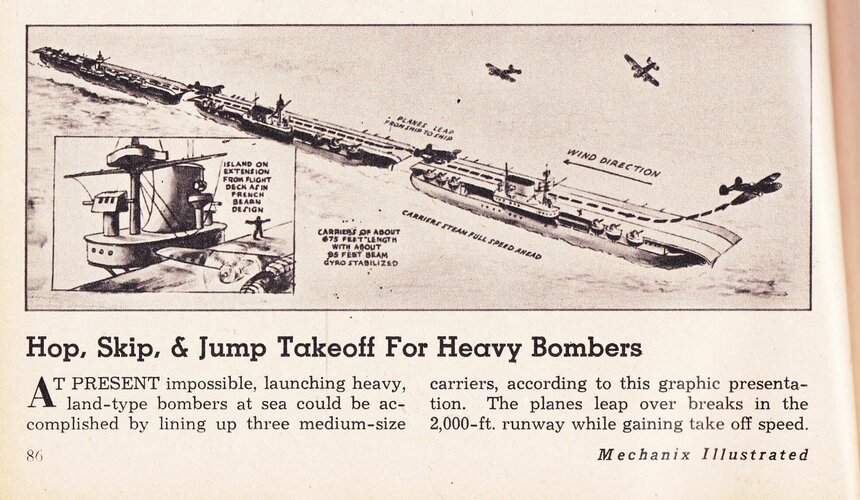Blackburn B-44
In 1942, Blackburn proposed the B-43, a single seat twin-float fighter with a Napier
Sabre engine based on the
Firebrand.
In 1943 they came with the idea of the B-44, a much more complex design with retractable hydraulically-operated floats.
The idea was not new. German already built the
Ursinus Seaplane during World War One The plane was fitted with a retractable twin-float undercarriage and reached a maximum speed equivalent to that of the British Sopwith
Snipe.
Bill Barnes adventure stories made popular again the formula of the 30s with two extraordinary fiction models, the
Scarlet Stormer in 1934 and the
Lancer in 1936.
In 1938 the French aircraft manufacturer Latécoère published three projects (no. 671, 672 and 673) of seaplane fighters fitted with retractable floats.
In March 1940 the Blackburn firm built and fly tested the B-20, a medium-sized general reconnaissance flying boat equipped with hydraulically operated retractable hull bottom.
Testing was satisfactory but the only prototype was destroyed in a crash in April and the RAF preferred to recommend the manufacturing of the Saro
Lerwick instead.
The B-44 have benefited from the experience obtained with the B-20, but the unfortunate
Firebrand story, the increasing number of available aircraft carriers in the Pacific and the success in building ground airfields after amphibious landing were against its manufacturing and the idea never came to materialise. The project was cancelled in 1944.
B-44 technical data
Power plant: One Napier
Sabre Mk IV, 24 cylinder ‘H’, liquid cooled engine, rated at 2,300 hp, driving two contra-rotating airscrews, wingspan: 50 ft (15.2 m), length (flight configuration): 39.7 ft (12.1 m), height (water configuration): 13.3 ft (4.06 m), wing surface: 393 sq. ft (35.4 sq. m), maximum speed: 360 mph (579 kph), service ceiling: 38,000 ft (11,582 m), range: 1,000 mls (1,609 km), armament: four wing-mounted 20 mm Hispano Mk.V cannons.

